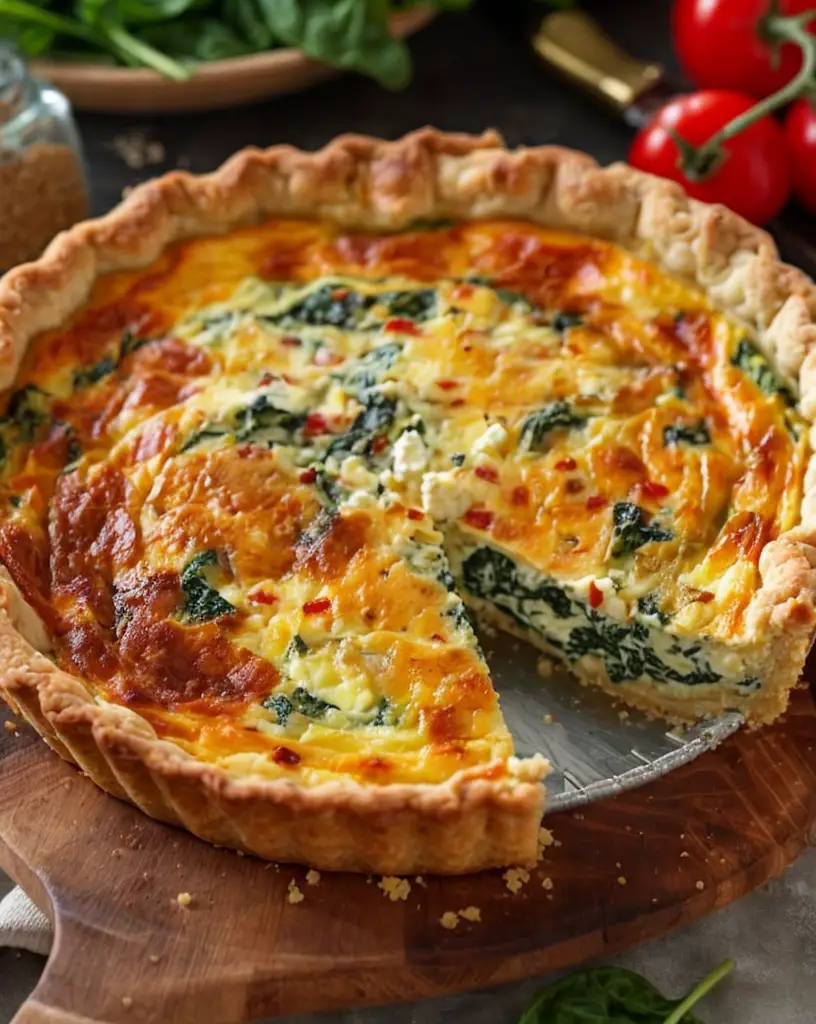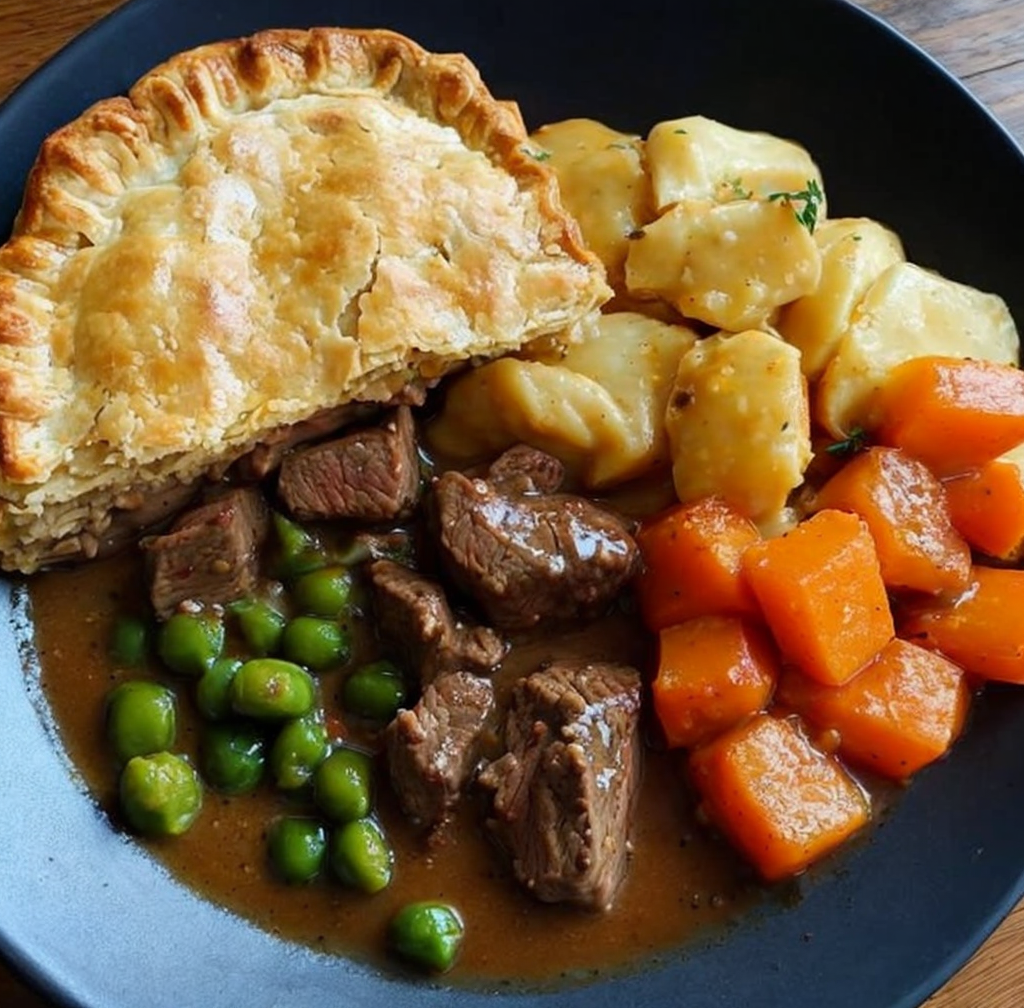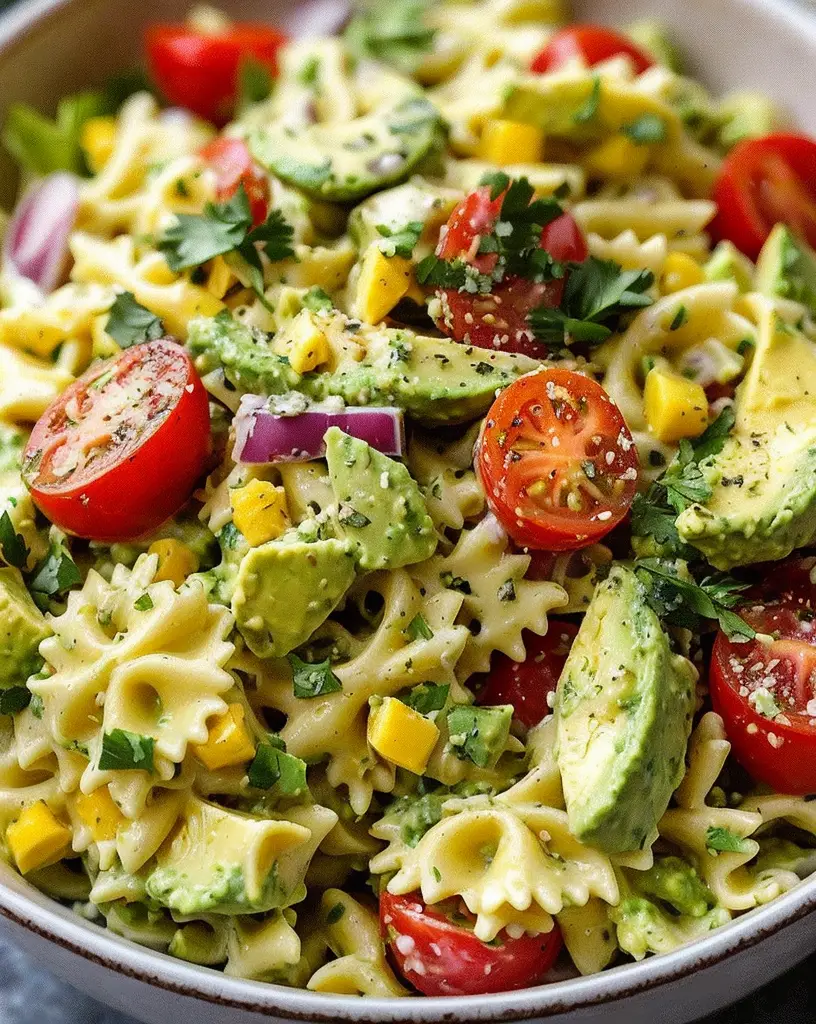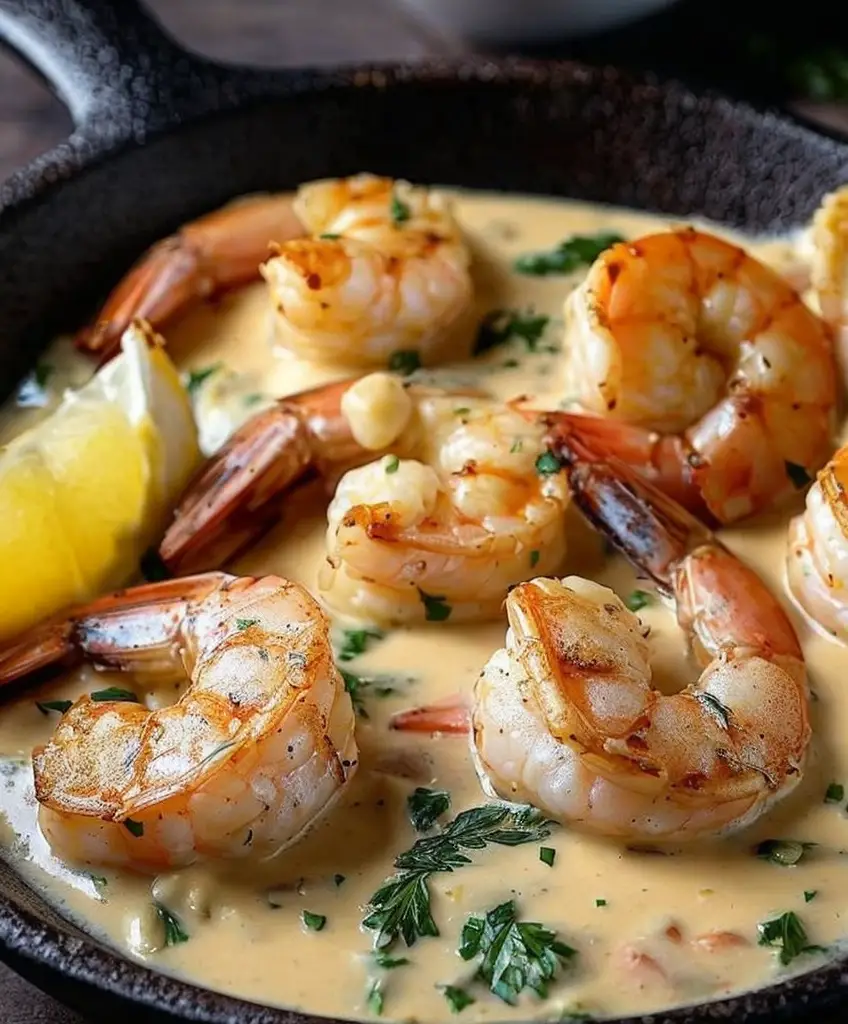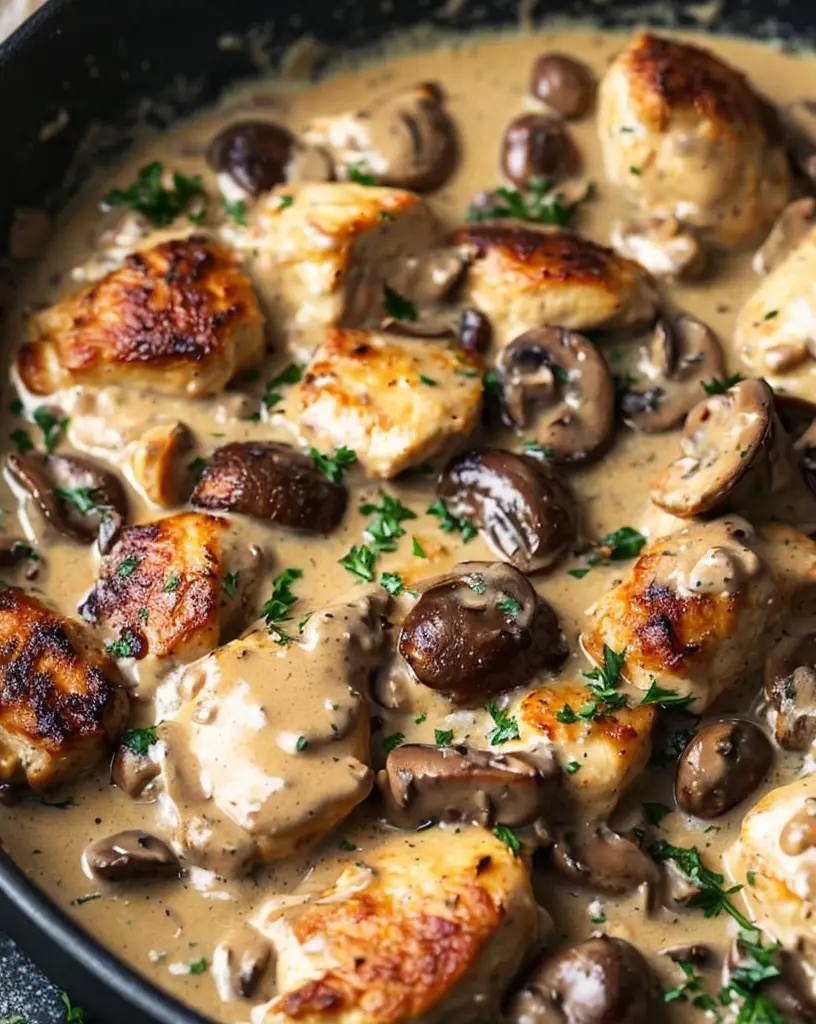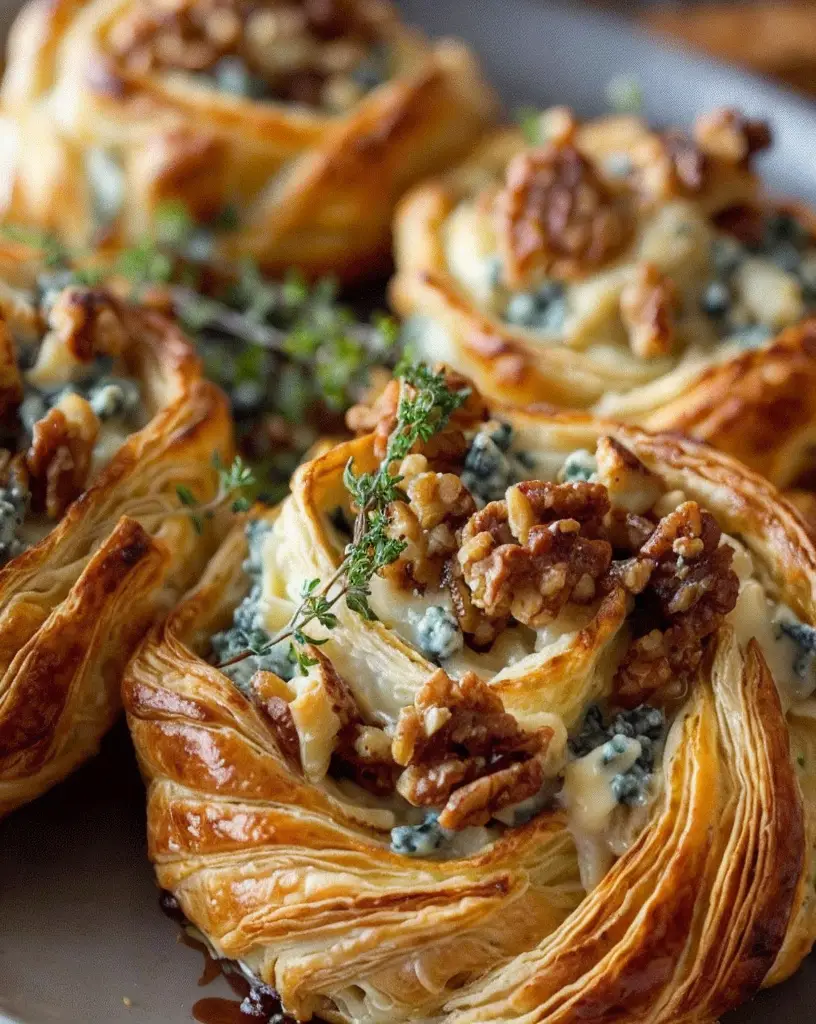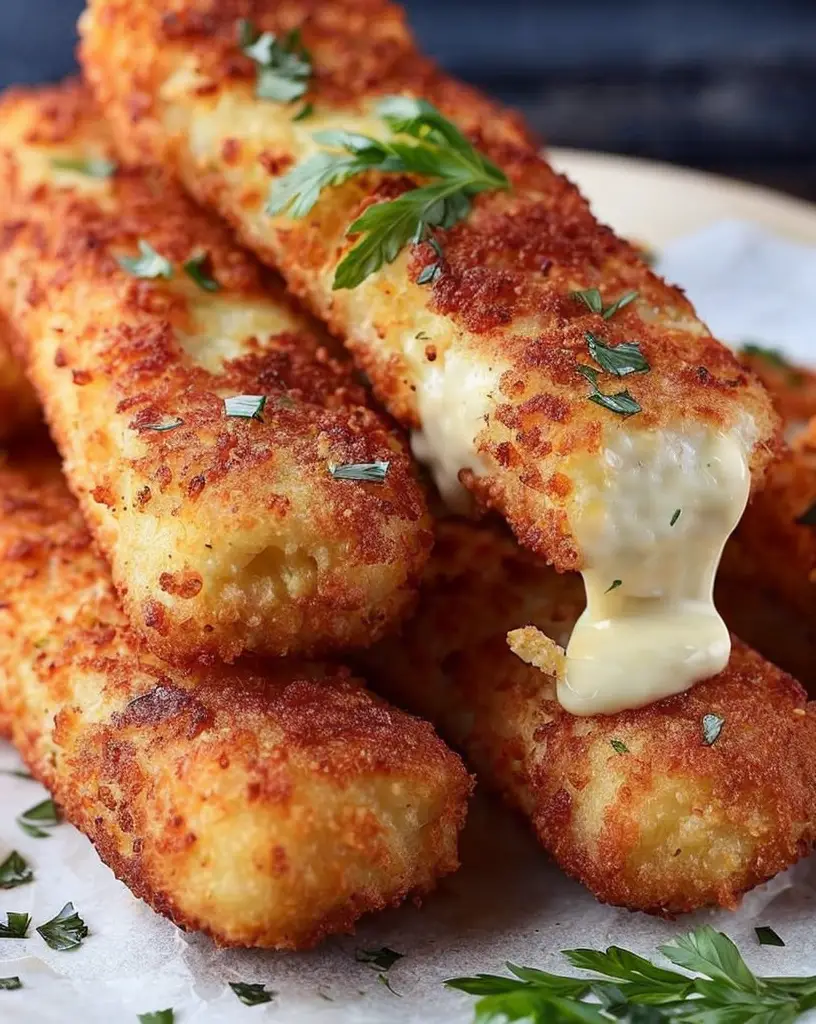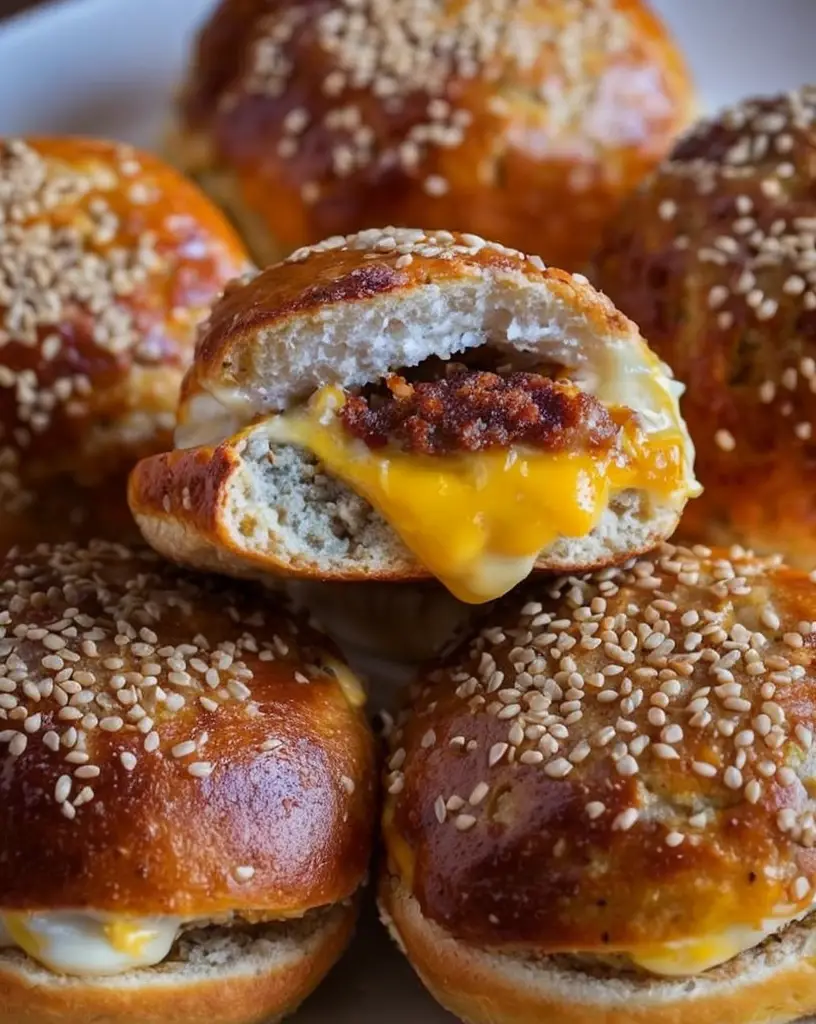Elegant Ricotta and Spinach Quiche: A Gourmet Delight
Indulge in the sophisticated flavors of an Elegant Ricotta and Spinach Quiche, perfect for those moments when you desire something both savory and serene. This quiche marries the creamy texture of ricotta with the fresh, verdant notes of spinach, offering a delightful culinary experience. Whether you’re hosting a brunch or preparing a family dinner, this dish is guaranteed to impress with its exquisite flavors and classic elegance.
Our Ricotta and Spinach Quiche is a harmonious blend of textures and tastes, highlighted by its delicately crisp pastry crust and rich, creamy filling. The earthy spinach pairs beautifully with the subtly sweet ricotta, while hints of nutmeg add warmth and depth. This quiche is a celebration of flavor that makes every bite an event to savor.
Quick Recipe Highlights
- Flavor Profile: The quiche combines the mild sweetness of ricotta with the earthy, slightly tangy spinach, rounded off with aromatic hints of nutmeg.
- Texture: Enjoy a flaky pastry crust complementing the smooth, creamy filling for a perfect balance of textures in every bite.
- Aroma: Expect delightful whiffs of freshly baked pastry paired with the inviting scent of nutmeg.
- Visual Appeal: This quiche is a feast for the eyes with its golden crust and lush filling, dotted with vibrant green spinach.
- Skill Level Needed: Moderately easy, requiring basic pastry skills and an understanding of custard preparation.
- Special Equipment: A reliable tart pan and a food processor for perfect pastry consistency are recommended.
Recipe Overview
- Difficulty Level: Considered moderate due to the pastry-making component and custard preparation, which require some prior cooking experience to master.
- Category: Perfect for breakfast, brunch, or as a light dinner option, offering both taste and nutritional value.
- Cuisine: Rooted in French culinary traditions, quiches are celebrated worldwide for their versatility and elegance.
- Cost: Ingredients are generally affordable, with seasonal shopping tips provided to maximize freshness and value.
- Season: Best enjoyed year-round, with its vibrant flavors ideal for spring and summer gatherings.
- Occasion: This quiche shines at casual lunches, formal dinners, or as a charming addition to a brunch buffet.
Why You’ll Love This Recipe
Delight in the rich taste and texture of this Ricotta and Spinach Quiche, where every bite offers a pleasing combination of creamy filling and crisp crust. The ricotta adds a subtle sweetness that perfectly accents the spinach, while the seasoned egg custard binds everything into a coherent, delicious whole. Its versatility extends to both convenience and preparation, with the option to make the pastry ahead of time or use store-bought alternatives for speed.
Nutritionally, this dish is rich in protein, calcium, and iron, providing a wholesome meal option that aligns with a balanced diet. Socially, it caters well to both intimate gatherings and larger celebrations, offering a dish that’s easy to slice and serve, ensuring everyone gets to enjoy its delightful taste.
Remarkably cost-effective, this quiche leverages everyday ingredients to deliver a gourmet experience, with spinach and ricotta easily accessible in most grocery stores. Embrace the joy of culinary exploration with this recipe and join the ranks of those who’ve made it a mainstay in their cooking repertoire.
Historical Background and Cultural Significance
Quiches are traditionally rooted in French cuisine, where they were originally created as a classic savory tart filled with eggs and milk or cream. The iconic Quiche Lorraine is a cousin to this iteration, though our quiche diverges by highlighting the creamy cheese and spinach. Over time, quiches have transcended geographical boundaries to become a beloved dish worldwide.
Culturally, the quiche holds a revered place on breakfast tables, brunch buffets, and picnic spreads. It’s esteemed for its adaptability and the endless range of fillings one can use, making it a canvas for culinary creativity. Since its inception, the quiche has evolved into countless versions, reflecting the rich diversity of culinary traditions across various regions.
With the world’s increasing inclination toward health-conscious dishes, variations, including vegetarian takes like our Ricotta and Spinach Quiche, have gained popularity. These adaptations serve modern tastes while keeping the essential charm and appeal of the traditional quiche alive. As a crowd-pleaser and a staple for many cooks, the quiche continues to evolve into various forms to reflect contemporary palates.
Throughout regions and cultures, quiches have been celebrated with local ingredients that bring new dimensions to the dish while keeping its fundamental structure. This Ricotta and Spinach Quiche is a testimony to the timeless allure of blending cheese with greens, delivering succulent flavors that fit seamlessly into modern culinary traditions.
Ingredient Deep Dive
Our Ricotta and Spinach Quiche features ricotta as a primary ingredient, acclaimed for its creamy consistency and mild taste. Originating from Italy, ricotta is traditionally made from the whey left over after the production of other cheeses. Its simplicity and versatility have made it a popular choice in both savory and sweet recipes across many cuisines.
Nutritionally, ricotta is rich in protein and calcium, supporting bone health and muscular strength. When selecting ricotta, look for a product with minimal additives and a fresher, more natural taste. Store ricotta cheese in a tightly sealed container in the refrigerator and consume within a week of opening to preserve its freshness.
Spinach, the superfood powerhouse of our quiche, dates back to ancient Persia and is widely used in cuisines around the globe. Packed with vitamins A, C, and K, as well as iron and fiber, it offers numerous health benefits. Opt for fresh, vibrant leaves to ensure flavor and nutritional integrity. If fresh spinach isn’t available, frozen spinach can be a suitable substitute, though it should be thoroughly drained to avoid excess moisture in the quiche.
Common Mistakes to Avoid
- Over-filling the quiche: This common mistake can lead to spillage or an undercooked center. Leave room for the filling to expand slightly.
- Not pre-baking the crust: Blind baking ensures the crust stays crisp and doesn’t become soggy during the baking process.
- Using too much spice: While seasoning is essential, overpowering the delicate flavors of ricotta and spinach can detract from the dish’s elegance.
- Undercooking the spinach: Properly wilted spinach integrates better, especially when excess moisture is removed before adding it to the quiche filling.
- Incorrect assembly: Pouring the custard over already filled crust helps distribute the ingredients evenly and ensures a consistent bake.
- Skipping ingredient quality: Using fresh, high-quality eggs and dairy makes a significant difference in taste and texture.
- Inadequate heat: Oven temperature should be precise. Too hot and the quiche will scorch, too cool and it may be runny.
- Rushing the cooling: Allow the quiche to set before slicing to maintain its structure and presentation.
Essential Techniques
Blind baking the crust is a foundational technique for this quiche, ensuring that the pastry remains crisp. This method involves pre-baking the pastry shell before adding the filling, helping prevent the dreaded soggy bottom. Weight the pastry with baking beans to stop it from puffing up during this initial bake, making sure your oven temperature is precise for best results.
Properly wilting the spinach is crucial for flavor and texture. Remove excess water to prevent the quiche from becoming watery. Squeeze the spinach in a clean kitchen towel to eliminate moisture, then lightly sauté with garlic to enhance the spinach’s natural sweetness, ensuring it integrates seamlessly with the ricotta fill.
Balancing the custard requires precision with eggs and cream—a thick, velvety custard relies on just the right ratio. Over-beating the mixture can lead to bubbles and uneven texture, so gently whisk for a smooth pour. Attention to these core techniques ensures a successful and visually appealing quiche.
Pro Tips for Perfect Elegant Ricotta and Spinach Quiche
Try adding a sprinkle of parmesan cheese to the filling for an extra layer of umami, balancing the sweetness of the ricotta. Ensure that the pie crust is evenly rolled to avoid any uneven baking, leading to crispy edges and a perfect base to hold your delectable filling.
Always test your oven temperature before baking, as an inconsistent heat source can affect the overall bake. Invest in an oven thermometer to make sure all bakes are produced under optimal conditions. This attention to detail significantly enhances consistency and predictability in results.
Pre-chill your crust ingredients to maximize flakiness—cold butter and a splash of ice water create a beautiful laminated structure that bakes to golden perfection. When mixing the custard filling, avoid creating air bubbles by using gentle folding methods; this step ensures a creamy, dense, and appetizing interior.
Variations and Adaptations
For a seasonal twist, try adding asparagus or artichoke hearts in spring, leveraging their fresh flavors to heighten the overall taste profile of the quiche. In autumn, savory mushrooms and caramelized onions make an exciting substitution, adding deep, hearty flavors to the quiche. Experiment with herbs such as basil or dill to customize the aroma and find your perfect herb blend.
For dietary adaptations, a gluten-free crust can be used, made from almond flour or a combination of gluten-free grains. To create a lower-fat quiche, substitute some of the ricotta with cottage cheese or use skim milk instead of heavy cream. Vegans can employ firm tofu as a base, enhanced with nutritional yeast for cheesiness and turmeric for color, maintaining the quiche’s essence while adhering to dietary needs.
Serving and Presentation Guide
For a striking presentation, consider serving slices alongside a simple green salad with a tangy vinaigrette to cut through the richness of the quiche. Garnish the top with a sprinkle of fresh chives or a few microgreens right before serving to add a fresh, colorful touch. Traditional accompaniments could include a crusty baguette or warm rolls for a more substantial meal.
To create a modern look, use mini tart pans for individual servings; this visually appealing twist is perfect for buffet-style brunches or large gatherings. Pay attention to the temperature, as serving the quiche slightly warm brings out its creamy texture and richest flavors, ensuring it’s a true highlight of your meal.
Wine and Beverage Pairing
The rich and creamy nature of the quiche pairs excellently with a crisp white wine, such as a lightly oaked Chardonnay or a Pinot Gris, to enhance the meal’s depth. For a non-alcoholic alternative, consider serving a chilled herbal iced tea, preferably one with citrus notes to balance the quiche’s richness.
If enjoying with coffee, a freshly brewed medium roast with nutty undertones complements the dish’s flavors without overwhelming the palate, perfect for breakfast or brunch settings. Ensuring these beverages are served at optimal temperatures will elevate the overall dining experience, allowing the flavors to shine through.
Storage and Shelf Life
Store leftover quiche in an airtight container in the refrigerator for up to three days, ensuring the quality is maintained. It’s advisable to separate individual slices with parchment paper to prevent them from sticking together. Signs of spoilage may include an off-smell or noticeable change in texture, at which point the quiche should be discarded.
Reheating can be done in an oven set to 350°F (175°C) for about 15-20 minutes, restoring the crust’s crispness while warming the filling evenly. If freezing, consider cutting the quiche into slices and wrapping them individually for easy re-portioning and reheating convenience.
Make Ahead Strategies
Prepare and blind bake the crust up to a day in advance, storing it covered at room temperature. The filling can also be mixed ahead of time and kept in the refrigerator, separated from the crust. Before serving, reassemble and bake the quiche for convenient meal planning that aligns with your schedule while maintaining freshness and taste.
Assembly tips include preparing the filling in a large bowl the night before and allowing a brief period for the custard to come to room temperature before baking; this reduces baking time and ensures even cooking. Adding fresh elements, such as herbs or garnishes, post-bake keeps the presentation vibrant and appetizing.
Scaling Instructions
To halve the recipe, adjust ingredient quantities accordingly and consider using a smaller tart pan to maintain the quiche’s height and texture. Doubling the recipe might require multiple quiche pans instead of one larger pan to ensure even cooking. Ensure that your kitchen equipment can handle increased ingredient amounts, especially your food processor or mixer.
Timing modifications may be necessary; increase baking time slightly if making larger quiches to ensure the center sets properly. Stackable, airtight containers can be useful for storing multiple quiches and saving fridge space.
Nutritional Deep Dive
Each serving of this quiche offers a well-rounded macro breakdown, rich in proteins from both eggs and cheese. The inclusion of spinach contributes vitamins and minerals such as iron and potassium, supporting a healthy diet. Despite its rich taste, this quiche can fit into various dietary plans, especially when portioned mindfully.
For those focused on dietary considerations, offset the quiche’s calorie density with healthy sides like steamed vegetables or a citrus salad, contrasting to its richness. Its nutrient profile can play a role in weight management when accompanied by a balanced diet, offering both sustenance and flavor.
Dietary Adaptations
For a gluten-free adaptation, use a gluten-free flour mix for the crust, ensuring minimal impact on taste and texture. Dairy-free versions can be achieved by substituting ricotta and cream with soy or almond-based alternatives. For a vegan option, replace the ricotta with silken tofu blended with a bit of nutritional yeast, and replace eggs with an egg-replacer.
Low-carb or keto versions can opt for a crustless bake, omitting the pastry while retaining the integrity of the filling’s flavors. Paleo-friendly substitutions involve using almond-based crusts and coconut cream in place of dairy.
Strong
Troubleshooting Guide
Texture issues like soggy bottoms are often resolved by ensuring the crust is blind baked until golden. If the filling appears runny, check the egg to cream ratio and the baking time, ensuring an even, low oven temperature is maintained throughout. To address flavor balance, assess the level of key spices, ensuring nutmeg complements but doesn’t overpower.
Resolutions for equipment challenges might include replacing a missing tart pan with pie dishes or muffin trays for individual servings. If substitutions are necessary, ensure compatibility by choosing similar foods; for example, Swiss chard as a spinach replacement. Timing concerns are often tackled by tracking oven temperature consistency with an oven thermometer.
Recipe Success Stories
Our community members have shared significant success stories and adaptations of this recipe, highlighting its versatility and appeal across various gatherings. Many have noted the incorporation of local cheeses and vegetables as variations, achieving fresh twists while retaining the quiche’s essence.
Readers have suggested particular presentations, such as mini quiches or adapting the filling to fit phyllo cups for quick appetizers. Photography tips, like capturing the rustic layering of cheese and spinach, have helped many showcase the quiche’s beauty in social media posts, inspiring others to attempt this delightful dish.
Frequently Asked Questions
Can I use frozen spinach? Yes, frozen spinach works well. Ensure it’s thoroughly drained to avoid extra moisture in the filling.
What can I substitute for ricotta cheese? Cottage cheese or mascarpone can be used as a substitute but will alter the taste slightly.
How do I prevent a soggy crust? Blind baking counteracts a soggy crust – an essential step in quiche success.
Can this quiche be made ahead? Absolutely. The crust and filling can be prepared separately in advance and assembled before baking.
What if I don’t have a tart pan? A pie dish can be used, though the quiche may be slightly deeper than using a tart pan.
How do I know when the quiche is done? The filling should be set with a slight wobble in the center; it’ll firm as it cools.
Can I freeze this quiche? Yes, preferably as slices for convenience; it freezes and reheats well with minimal loss of texture.
How do I ensure even cooking? Place the quiche in the center of the oven, and ensure the oven is well-preheated before baking.
What’s the best way to reheat slices? Use an oven set to 350°F for the best texture, maintaining a crisp crust.
Can I add other vegetables? Certainly, just ensure they are pre-cooked to remove excess moisture.
What wine pairs best with this quiche? A crisp, light white wine like Pinot Grigio complements beautifully.
Additional Resources
Explore a range of related recipes like ‘Classic Quiche Lorraine’ or ‘Spinach and Feta Pie’ for more savory pastry variations. If perfecting crust techniques is your goal, look into guides on mastering shortcrust pastry. For those curious about ingredient substitutions, expand your knowledge with articles exploring alternative cheeses and their culinary impacts.
Equipment recommendations focus on high-quality nonstick tart pans and adjustable rolling pins for consistent crust thickness. Seasonal variation ideas are plentiful, with suggestions for holiday-themed quiches and fresh springtime variations that will invigorate your culinary creations.
Join the Conversation
Engage with us on social media platforms by sharing your quiche photographs and feedback. Offering a space for photography tips and recipe reviews, we encourage community engagement that inspires adaptations and new interpretations of traditional quiche recipes.
Our community thrives on shared experiences, be it adaptations, reader suggestions, or new flavor experiments. Your contributions make each dish unique and provide continuous inspiration for food enthusiasts everywhere.
The Recipe
Elegant Ricotta and Spinach Quiche
Serves: 8
Prep Time: 20 mins
Cook Time: 45 mins
Total Time: 65 mins
Kitchen Equipment Needed
- Tart pan or pie dish
- Rolling pin
- Food processor
- Oven thermometer
- Mixing bowls
Ingredients
- 1 and 1/2 cups all-purpose flour
- 1/2 cup cold butter, cubed
- 1/4 cup ice water
- 1 cup ricotta cheese
- 3/4 cup heavy cream
- 3 large eggs
- 2 cups fresh spinach, wilted and drained
- 1/4 teaspoon nutmeg
- Salt and pepper to taste
Directions
- Preheat your oven to 375°F (190°C).
- To make the crust, combine flour and butter in a food processor; pulse until a crumbly mixture forms.
- Add ice water gradually, pulsing until the dough begins to clump.
- Roll out the dough on a floured surface to fit your tart pan.
- Press dough into the pan, trim any excess, and prick the base with a fork.
- Blind bake the crust with weights for 10 minutes. Remove weights and bake for another 5 minutes. Let it cool.
- In a large bowl, mix ricotta, cream, eggs, nutmeg, salt, and pepper until smooth.
- Add spinach to the ricotta mixture, ensuring it is evenly distributed.
- Pour the filling into the pre-baked crust and smooth the top with a spatula.
- Bake in the preheated oven for 30 to 35 minutes, or until the filling is set and the top is golden.
- Allow the quiche to cool before slicing and serving.
Recipe Notes
- For extra flavor, consider adding 1/4 cup of grated Parmesan cheese to the filling.
- If using frozen spinach, ensure it is thawed and well-drained.
- Customize the filling with seasonal vegetables or herbs of your choice.
